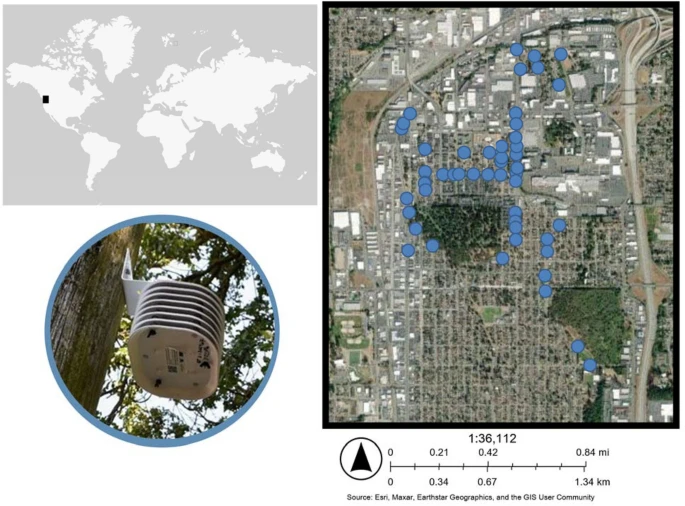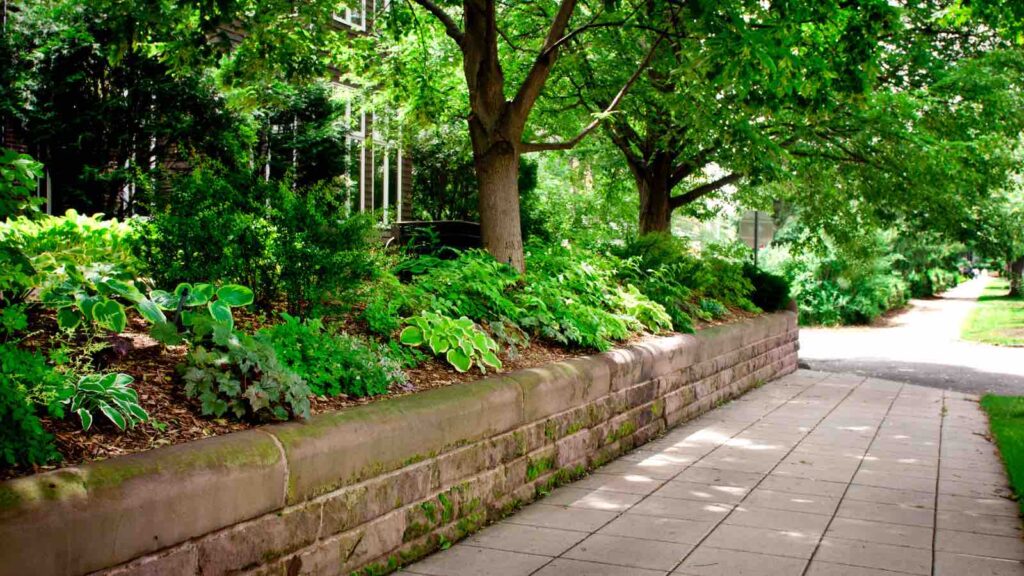Street trees provide an opportunity to mitigate urban heat and reduce risk of high heat exposure.
Climate change is exacerbating the need for urban greening and the associated environmental and human well-being benefits. Trees can help mitigate urban heat, but more detailed understanding of cooling effects of green infrastructure are needed to guide management decisions and deploy trees as effective and equitable climate adaptation infrastructure. According to a recent study published in Scientific Reports by researchers including Aileen K. Ettinger, Gregory N. Bratman, and Michael Carey, urban trees not only enhance environmental and human well-being but are crucial in cooling our cities.
RELEVANT SUSTAINABLE GOALS



Street Trees To Mitigate Urban Heat and Reduce Risk Of High Heat Exposure
The study, conducted in a neighborhood of Tacoma, Washington, closely examined how trees affect air temperatures along sidewalks during summer—the hottest months of June, July, and August. Their findings were clear: areas with no tree canopy within a 10-meter radius experienced temperatures up to five times higher than areas fully enveloped by tree cover. Specifically, the research pinpointed a 2.57°C average variation in temperatures across different locations, underscoring the potent cooling effect of urban trees.
In South Tacoma, where the study was centered, researchers discovered a significant disparity in daytime versus nighttime temperatures, with daytime being warmer by an average of 3.45°C. This variation is a testament to the city’s urgent need for increased tree cover, particularly given its current lower-than-average canopy coverage and higher summer temperatures. Notably, the area’s most common tree, the Douglas-fir, was just one of 24 tree genera identified near the temperature monitoring sites, highlighting a diverse but underutilized urban forest.

The researchers evaluated both remote-sensed and field-measured metrics of tree canopy and other vegetation cover, finding that every unit increase in tree cover within 10 meters significantly cools the air, making a compelling case for the strategic planting of street trees.
These insights are particularly valuable as they provide actionable data to guide urban planning and tree management, ensuring that the deployment of green infrastructure is both effective and equitable. Protecting existing trees and expanding urban forestation are critical steps toward bolstering Tacoma’s resilience to climate change and safeguarding its residents from the health risks associated with high urban temperatures. This study not only highlights the inherent value of urban trees in temperature regulation but also calls for a concerted effort to integrate them into our urban landscapes to mitigate the adversities of a warming planet.
Lead image courtesy of JenniferPhotographyImaging from Getty Images Signature


